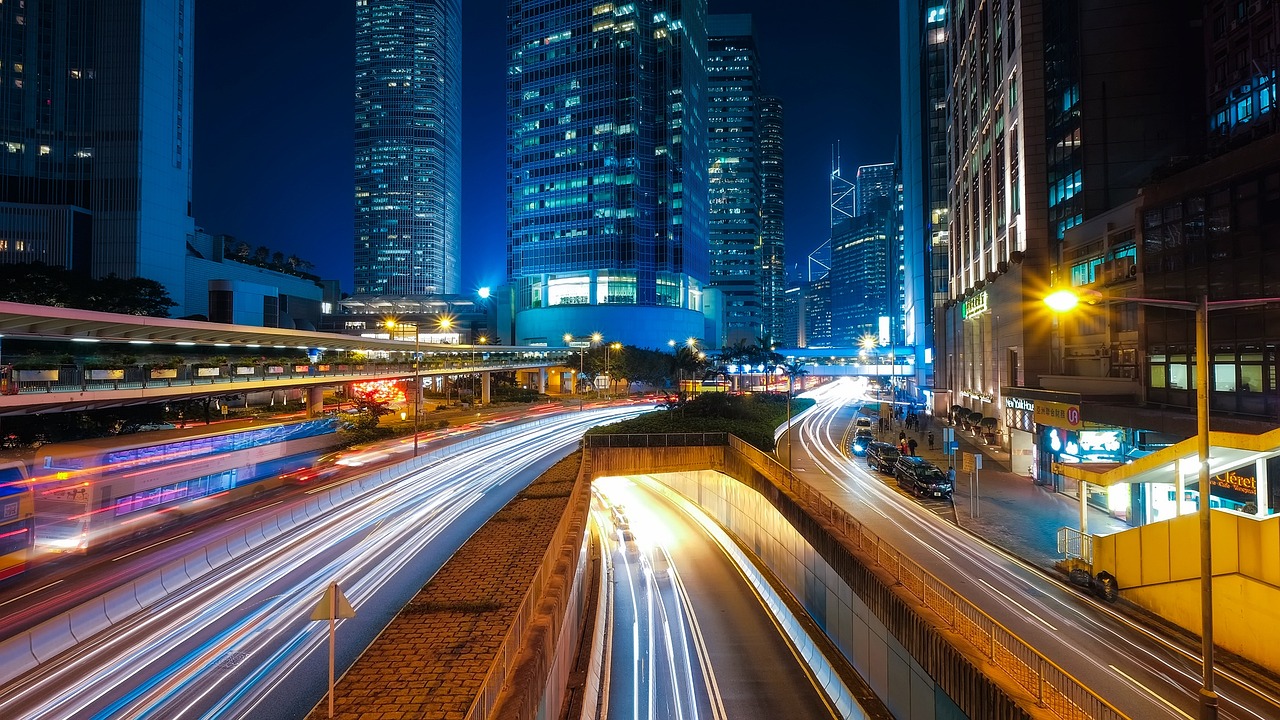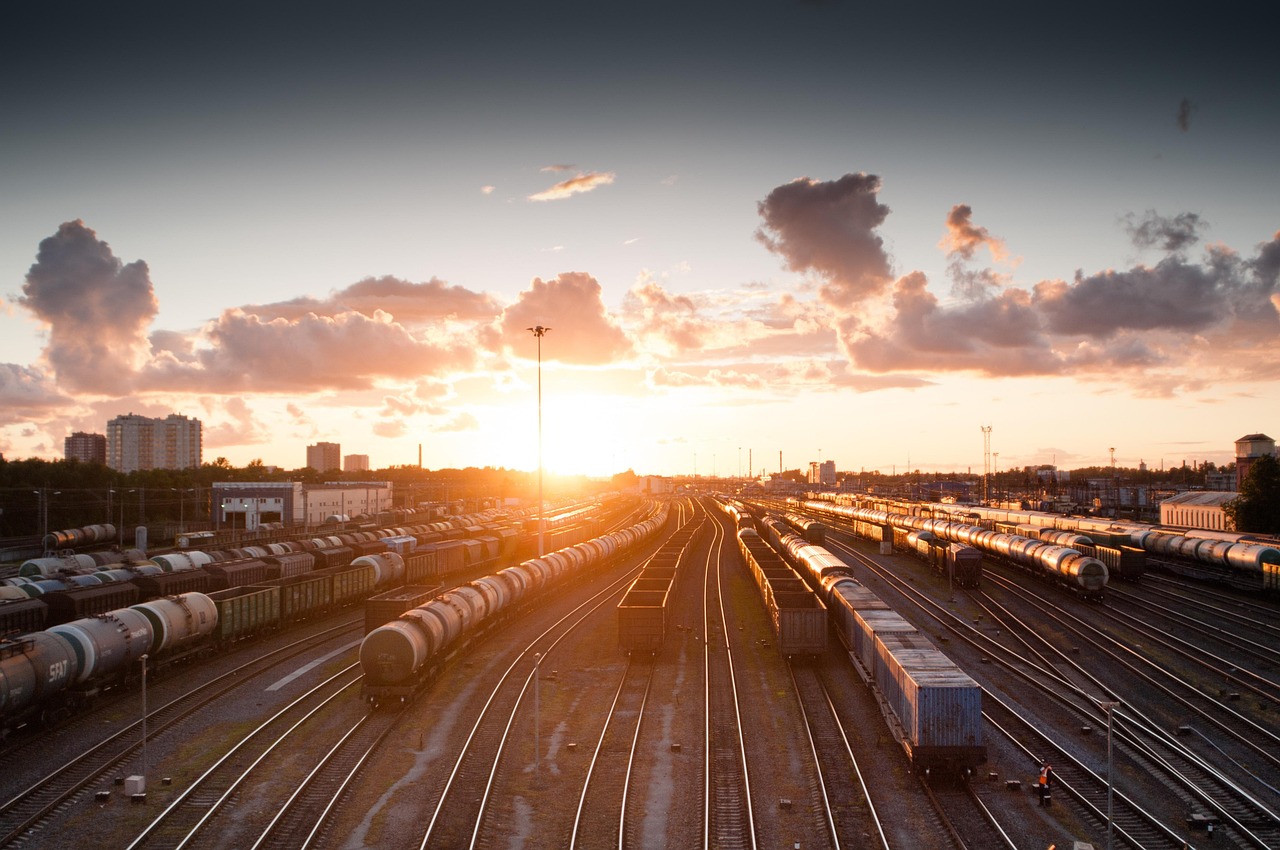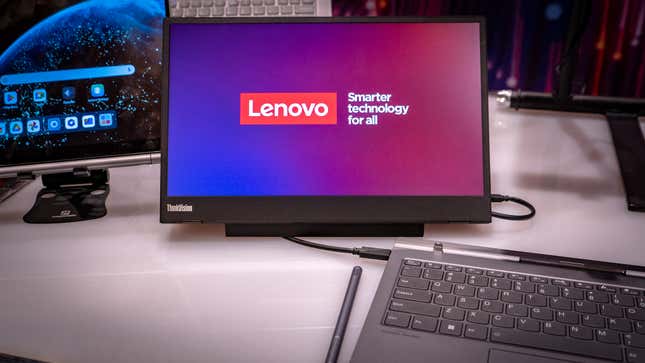NFT-Verified Street Performances: A New Frontier in the Digital Economy

In recent years, Non-Fungible Tokens (NFTs) have gained significant traction across various sectors, including art, music, and gaming. Their unique ability to verify ownership and authenticity on the blockchain has positioned NFTs as a transformative force in the digital economy. Among the latest innovations is the application of NFTs to street performances, creating a new paradigm for artists, audiences, and the urban cultural landscape.
Street performances, often characterized by their spontaneous and ephemeral nature, have traditionally been difficult to monetize and protect in terms of intellectual property. However, the integration of NFTs into this domain offers a potential solution by providing a digital certificate of authenticity and ownership. This article explores how NFT-verified street performances could redefine the relationship between performers and their audience, offering a secure and innovative method of engagement.
The Mechanics of NFT-Verified Street Performances
NFTs are digital assets that use blockchain technology to certify the ownership and provenance of a particular item or piece of content. In the context of street performances, NFTs can be leveraged to achieve several key functions:
- Ownership Verification: Performers can issue NFTs as proof of ownership for their performances, ensuring that their intellectual property rights are protected.
- Monetization: By selling NFTs associated with their performances, artists can generate income directly from their audience, bypassing traditional intermediaries.
- Audience Engagement: NFTs can serve as digital collectibles, allowing audiences to own a piece of a specific performance, thereby enhancing the connection between performer and spectator.
- Documentation and Archiving: NFTs can act as a permanent record of a performance, preserving its memory and cultural value in the digital domain.
Global Context and Adoption
Globally, the adoption of NFTs in the performing arts sector is still in its nascent stages, but several initiatives highlight the potential of this technology. In cities like New York and London, artists and tech entrepreneurs are experimenting with NFT platforms to support street performers. These platforms facilitate the creation, sale, and trading of NFTs, providing a decentralized marketplace for performers and their audiences.
For instance, in 2023, a collaborative project in Berlin introduced “NFT Buskers,” where street performers used NFTs to offer exclusive behind-the-scenes content or personalized experiences to their supporters. This initiative not only provided financial support for artists but also encouraged a deeper interaction with the audience.
Challenges and Considerations
Despite the promising potential of NFT-verified street performances, several challenges must be addressed to ensure widespread adoption and success. Key considerations include:
- Technical Barriers: The complexity of blockchain technology and NFT creation can be daunting for many performers. Simplified tools and educational resources are essential to lower entry barriers.
- Environmental Concerns: The energy consumption associated with blockchain transactions remains a significant issue. Artists and platforms must explore more sustainable blockchain solutions to mitigate environmental impact.
- Market Volatility: The NFT market is highly volatile, which can affect the perceived value and stability of NFTs. Artists should be cautious and informed about market trends and risks.
- Legal Implications: As NFTs intersect with intellectual property rights, legal frameworks need to evolve to accommodate these digital assets, ensuring performers’ rights are upheld.
The Future of Street Performances and NFTs
As technology continues to shape our cultural landscape, NFT-verified street performances represent a compelling intersection of digital innovation and artistic expression. By providing a mechanism for protection, monetization, and audience engagement, NFTs could empower street performers and enrich urban environments worldwide. However, realizing this potential requires overcoming technical, environmental, and legal challenges, as well as fostering a supportive ecosystem for artists.
In conclusion, NFT-verified street performances illustrate the dynamic possibilities of blockchain technology in expanding the horizons of traditional art forms. As the global community navigates this digital transition, the collaborative efforts of artists, technologists, and policymakers will be crucial in unlocking the full potential of this innovative medium.















